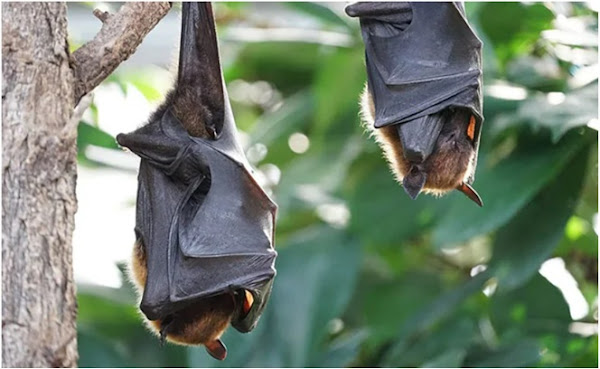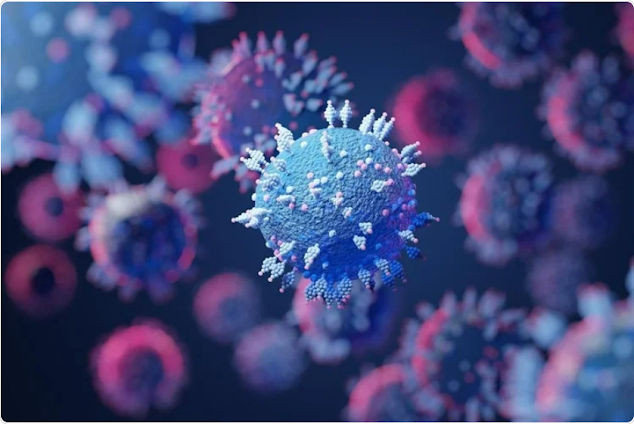NeoCov Coronavirus

A single molecular change in the lab enabled a coronavirus called Neocov to “efficiently infect” human cells using the same pathway that the SARS-CoV-2 uses to infect human cells, researchers from Wuhan University, Wuhan, China said in a report that is yet to be peer-reviewed. Neocov has so far only been seen in bats and no instances have been reported in people but being closely related to the Middle Eastern Respiratory Syndrome (MERS) coronaviruses - traditionally more lethal but less transmissible than Sarscov2 - the study has raised concern that this too may lethally proliferate in people. Experts however say that such fears are unwarranted. In their study, which is available on the online pre-print server bioRxiv.org, the scientists set out to find out they ways in which Neocov, a coronavirus known to be 85% similar to MERS coronaviruses, infected animal cells . MERS has a mortality rate of around 35%, far more than the coroanviruses. Physician and fo...


